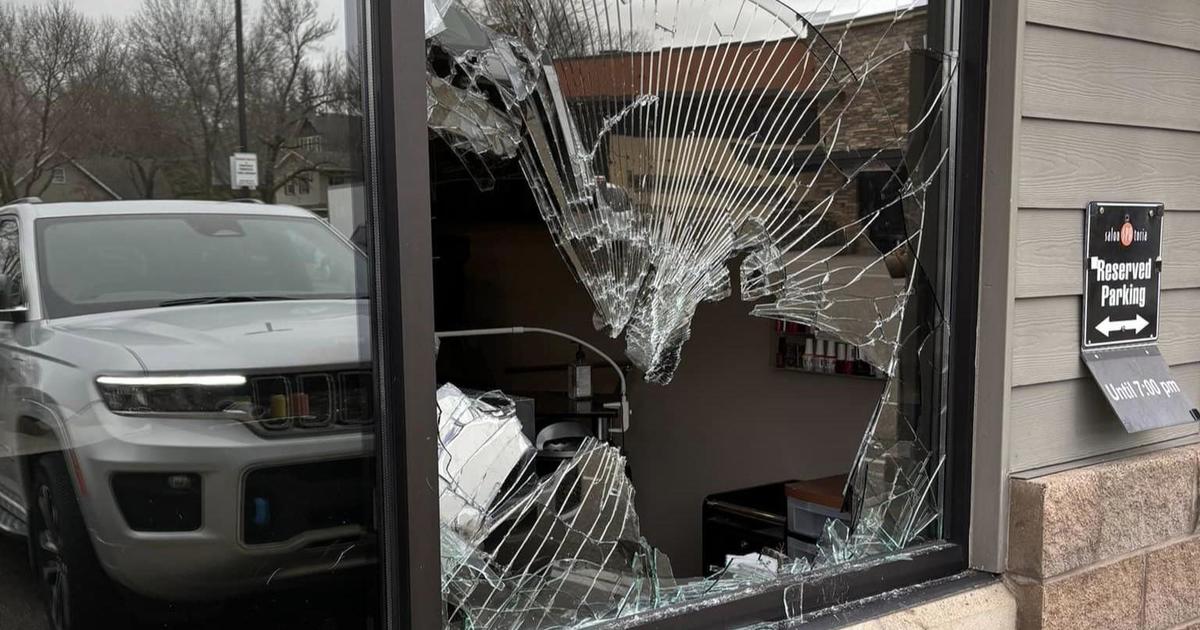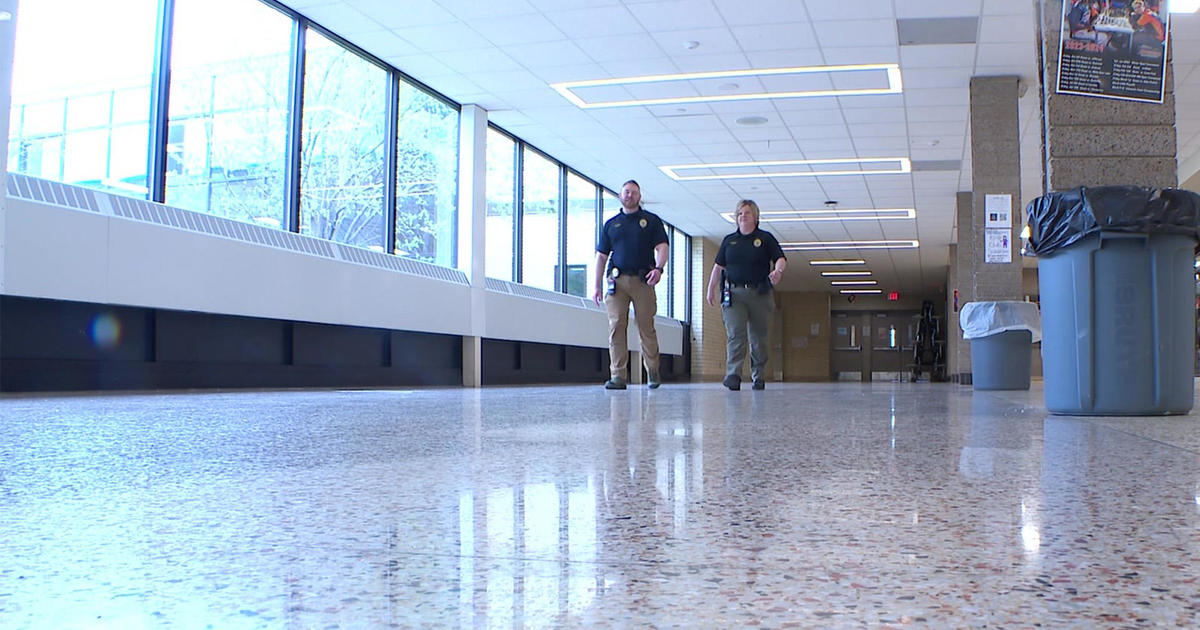Where Are You Allowed To Fly Drones?
MINNEAPOLIS (WCCO) -- If you were following social media last week, there's a good chance you saw the one-shot drone video of Bryant Lake Bowl produced by SkyCandy and Rally Studios.
The team was given permission to shoot inside the bowling alley, but what happens when a drone operator wants to fly outside?
What are the rules for drones? Good Question.
"It comes down to a pilot being responsible for where they're flying," says Jay Christensen, the aerial cinematographer who navigated the drone in the Bryant Lake Bowl video.
Christensen began working with drones back in 2014, when there were few rules regarding drones, or unmanned aircraft systems (UAS). It wasn't until December 2015 that the FAA required drones larger than .55 pounds be registered with the Federal Aviation Administration.
Since that time, the growth has been dramatic. In 2016, there were 484,710 drones registered with the FAA. By the end of 2020, that number jumped to 1,613,294. It dropped in the beginning of 2021 to 868,255 as a large number of registrations reached their three-year expiration date in December 2020.
"The FAA is continuing to review the registration data and plans to launch a drone registration information and awareness campaign later this year," a FAA spokesperson wrote in a statement to WCCO.
All drones over .55 pounds (250 grams) are required to be registered, but only commercial drone fliers are required to have a remote pilot certificate with the FAA.
But, even people are flying drones as a hobby still need to follow FAA UAS rules.
Airspace above and near airports are not allowed, unless there is special permission. The same goes for airspace above national parks. Some cities in Minnesota have local drone ordinances prohibiting their use.
The FAA can also issue temporary flight restrictions (TFR) for limited times and events.
"If you're near a sports stadium and they have a game, you can't be flying next to that," says Christensen.
There is a currently a TFR surrounding the airspace near the Hennepin County Courthouse for security reasons during the Derek Chauvin trial.
"The rules are constantly changing, so you have to stay on top of it," says Joel Roggenkamp of Twin Cities Drone School. "The FAA is the best place to do that."
The FAA recommends the app B4UFLY as an interactive map to show where operators can and cannot fly. Christensen uses the website Airmap.
The FAA can grant special waivers to fly at night. They can also grant waivers to be able to fly over people, which is not generally allowed.
Drone operators are allowed to fly 400 feet above the highest obstacle.
And, as for flying over your neighbor's yards?
"Technically, the airspace is public," says Roggenkamp. "But be careful of privacy considerations and lawsuits."



